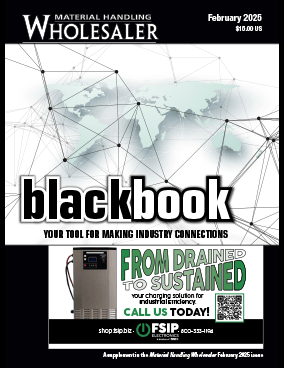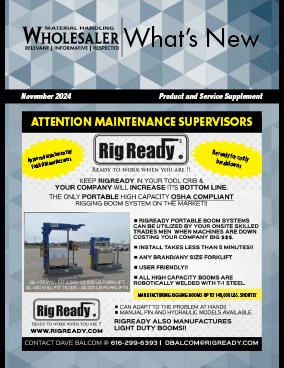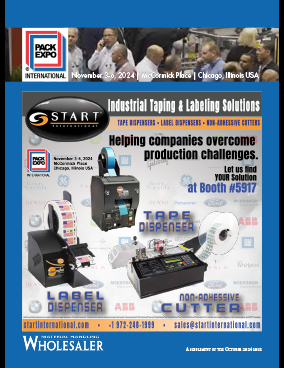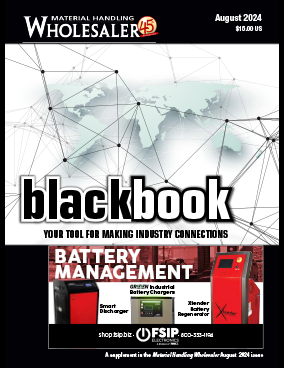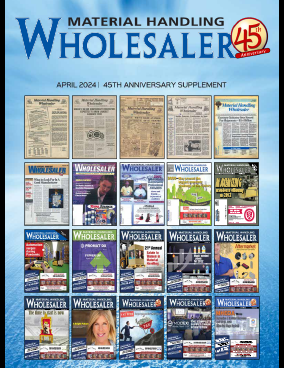It’s a common trap that many executives fall into. Consider a company that creates widgets. They must produce the widgets on time and on schedule. They also have designed a competitive strategy which includes modernizing some major systems on the production floor.
Say the company is having trouble with widget quality and missed deadlines. Should leadership focus on fixing the operational problems or on the strategy? Most executives would prioritize the former. They would say, “Let’s first patch the holes and then modernize the ship.” And most CEOs would say, “Ok.“
This is the mistake. A leader’s job is to implement changes. Change is what they should do. If an executive can’t delegate problems to their subordinates, are they a good leader? Good leaders only intervene when problems can’t be solved by their team without their direct help. Good leaders aren’t afraid of change. They thrive on it.
Even if the problem is perceived to be big, there’s a reason you have a team in place. Your department heads, managers, and directors are there to solve problems and to keep the proverbial machine running. Circumstances will change, issues will arise, and they were hired to navigate it all.
But once leadership has decided to take on a big change, there always seems to be some reason to put it off. Something happens inside the organization, in the competitive environment, in the regulatory space, etc. “We can’t tackle that change now. It will be too overwhelming – we need to wait until we’re ready.”
But you’ll never be ready. There will always be something that comes up and those changes will be kicked back a few quarters, a few years, and in some cases, put on ice indefinitely. The worst part is that this lack of change causes the organization to get stuck in status quo mode. Things then continue to hum along as they always have. But as time passes, the gap between where you are and where you need to be widens. The big change was on the to-do list for a reason. While big change is intimidating, the impact of not taking action becomes way worse than the perceived risk of action. Then the pain of change is amplified, as the change becomes forced by external circumstances, rather than it being a choice you had control of earlier.
In essence, leaders need to be in charge of driving change. Change isn’t separate from day-to-day operations – it’s a part of the way business is done. Inherent to both business and life, change is something that can be scary, but needs to be embraced. Don’t put off the inevitable, as it only becomes harder to change over time.
About the Author
Andrea Belk Olson is a keynote speaker, author, differentiation strategist, behavioral scientist, and customer-centricity expert. As the CEO of Pragmadik, she helps organizations of all sizes, from small businesses to Fortune 500, and has served as an outside consultant for EY and McKinsey. Andrea is the author of three books, including her most recent, What To Ask: How To Learn What Customers Need but Don’t Tell You, released in June 2022.
She is a 4-time ADDY® award winner and host of the popular Customer Mission podcast. Her thoughts have been continually featured in news sources such as Chief Executive Magazine, Entrepreneur Magazine, Harvard Business Review, Rotman Magazine, World Economic Forum, and more. Andrea is a sought-after speaker at conferences and corporate events throughout the world. She is a visiting lecturer and startup coach at the University of Iowa, a TEDx presenter, and TEDx speaker coach. She is also an instructor at the University of Iowa Venture School.
More information is also available on www.pragmadik.com and www.andreabelkolson.com.






